Resistance bands are one of the most versatile tools you can add to your workouts. Whether you’re a beginner looking for a gentle introduction to strength training or an advanced athlete seeking to improve your mobility and stability, these bands can serve multiple purposes in your training journey.
What Are Resistance Bands Used For?
Resistance bands are commonly used for strength training without heavy weights. They create tension in your muscles during movements such as squats, rows, and presses, helping build strength and stability. They are also excellent for mobility work, as they assist in stretching and improving your range of motion, making them helpful for warm-ups or post-workout recovery.
For those recovering from injuries, resistance bands offer low-impact rehabilitation exercises, allowing gradual rebuilding of strength without overloading the joints.
How Exercise Bands Enhance Your Training
-
Muscle Activation: Bands help target muscles you may miss during standard lifts, especially stabilizers in your shoulders, hips, and core.
-
Progressive Resistance: Unlike free weights, bands increase tension as you stretch them, encouraging strength throughout the entire movement.
-
Portability: They are lightweight and travel-friendly, allowing you to maintain your training anywhere.
-
Assisted Exercises: Bands can assist with movements like pull-ups or dips, making advanced exercises more accessible while building strength to perform them unassisted over time.
-
Flexibility Training: Using bands during stretches can deepen your flexibility safely and effectively.
Real-Life Experience with Resistance Bands
When I transitioned to training at home during a busy travel season, I realized how powerful resistance bands could be. I started using them for my morning mobility routine and found that my hips and shoulders felt noticeably looser and stronger within weeks. During strength workouts, adding bands to bodyweight movements like push-ups and glute bridges increased the challenge without requiring heavy equipment, allowing me to keep progressing even with limited space.
I also found them essential for recovery days, especially after heavy training sessions, as I could use them for gentle hip and back stretches to maintain flexibility and reduce soreness.
Why You Should Consider Using Resistance Bands
If you are looking for a single piece of equipment that can add value to your workouts, resistance bands are a smart investment. They can:
-
Build and maintain strength with minimal joint stress
-
Support injury prevention and rehabilitation
-
Improve flexibility and mobility
-
Assist with advanced bodyweight exercises
-
Easily integrate into both home and gym workouts
Whether your goal is to get stronger, improve your range of motion, or simply stay active while traveling, resistance bands can meet you where you are in your fitness journey.







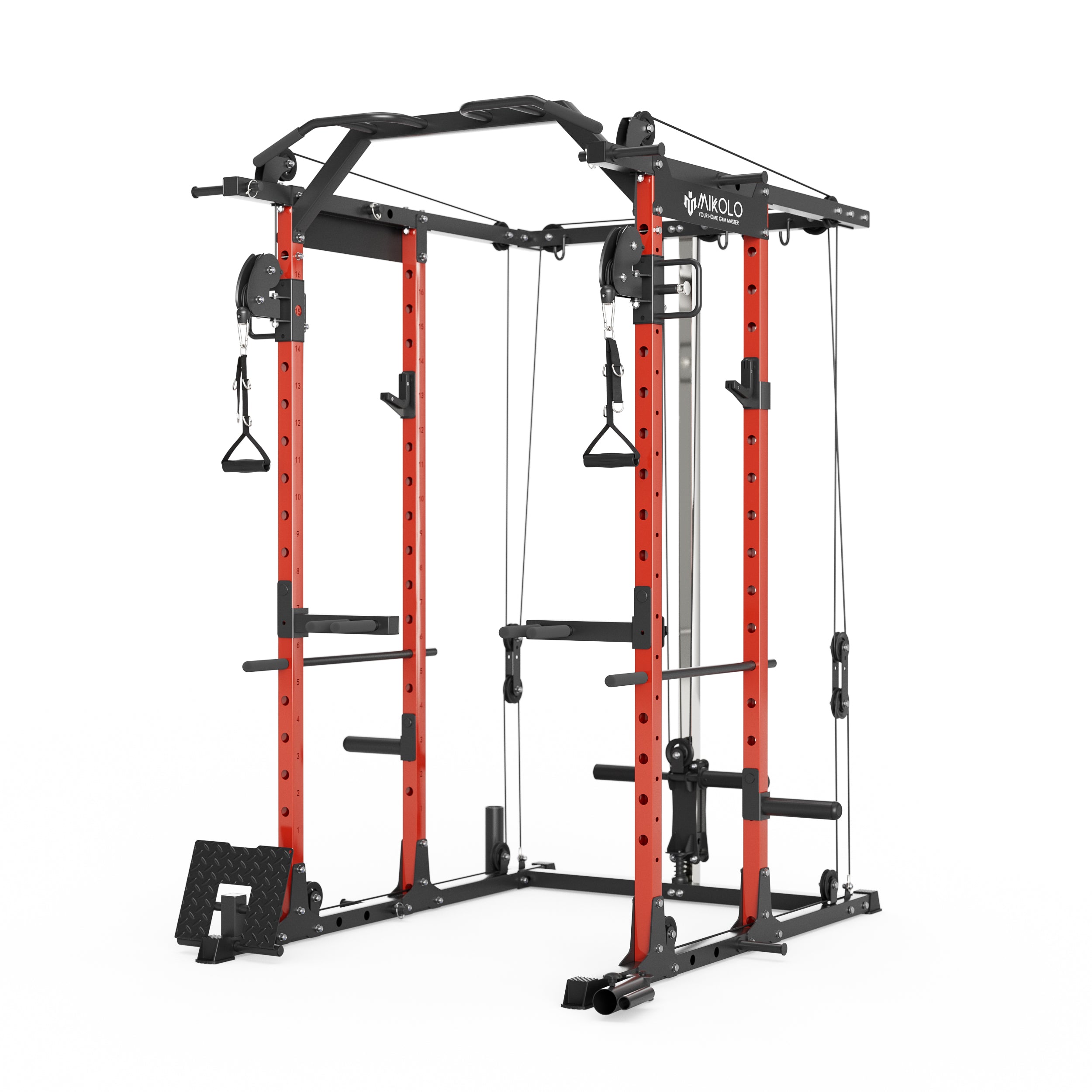
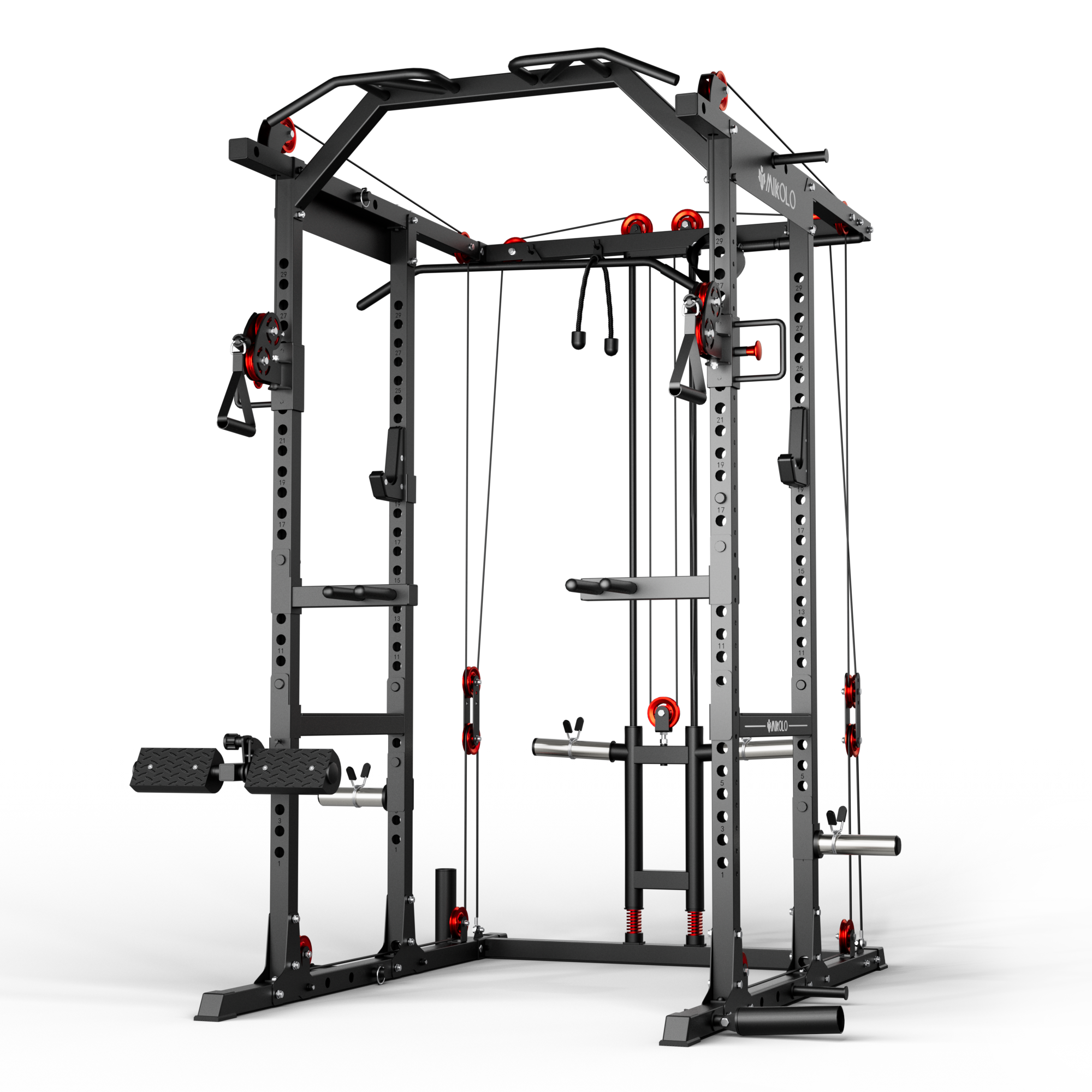





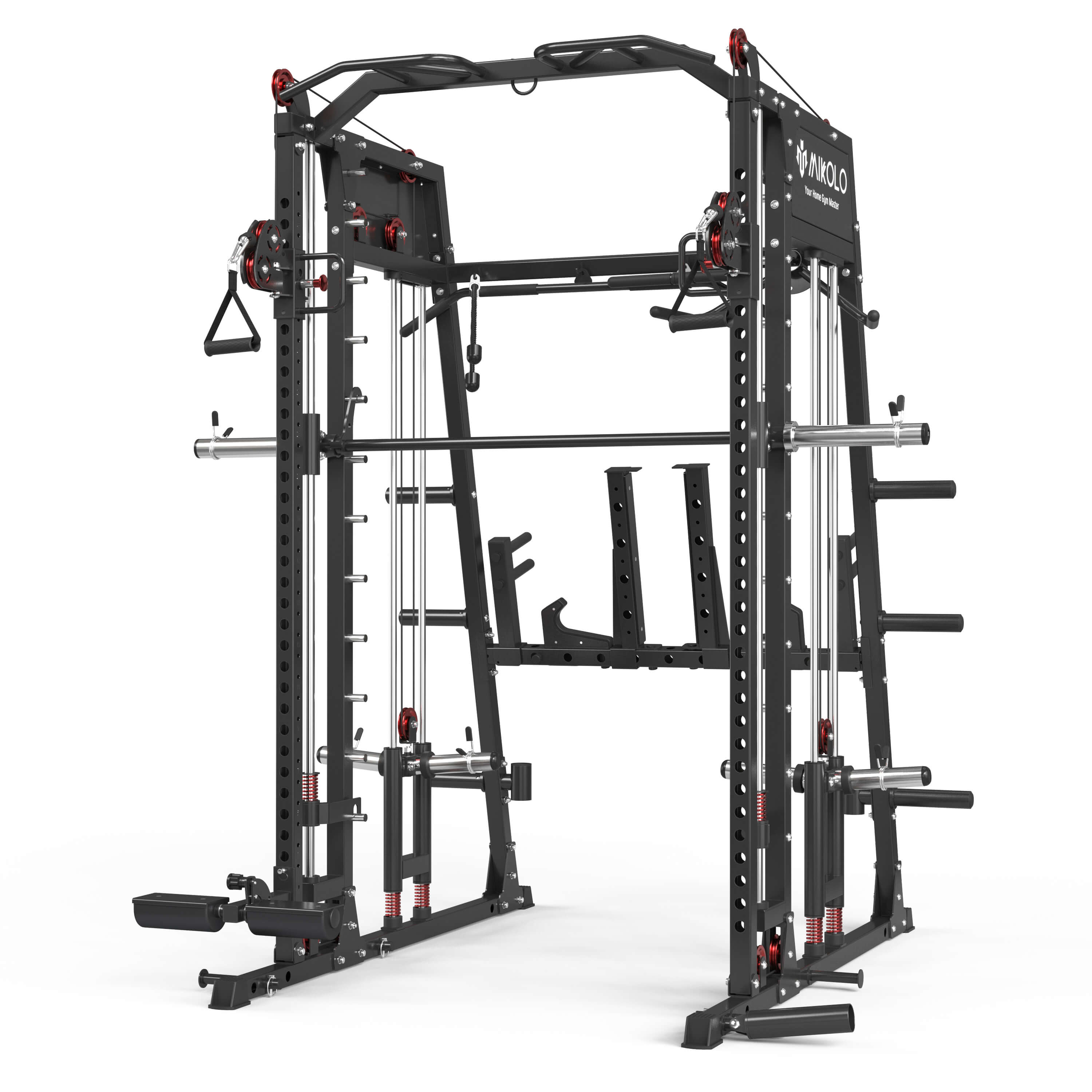






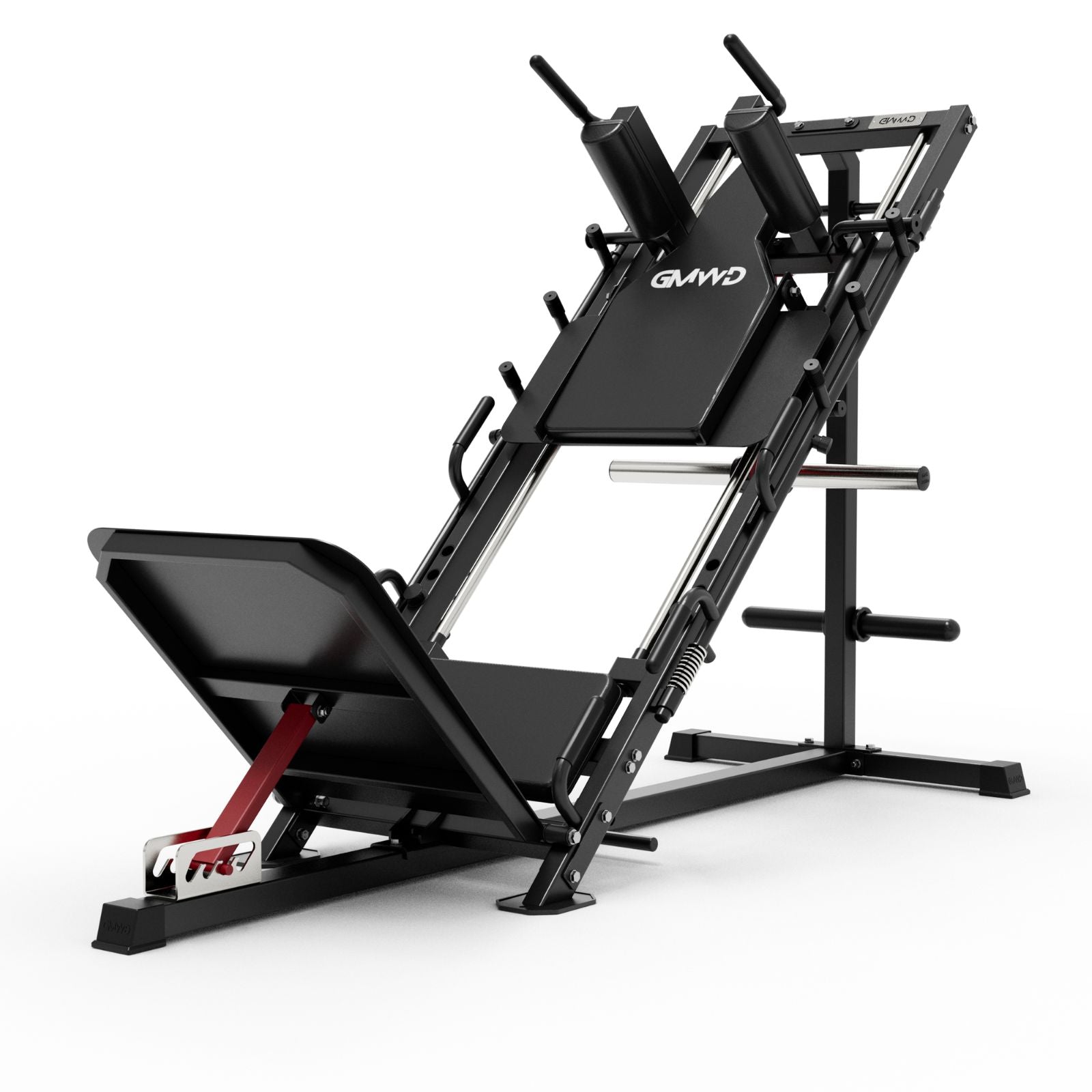


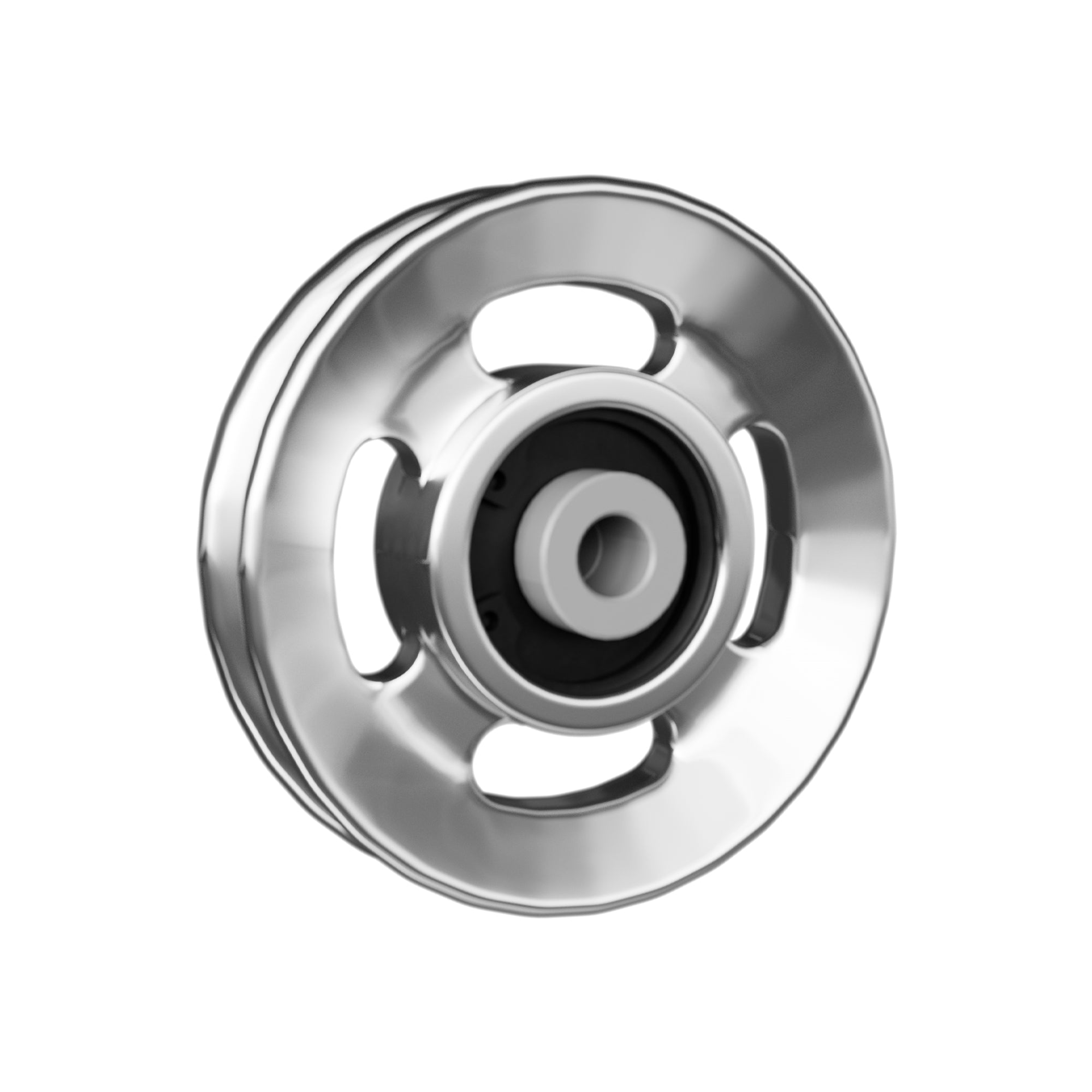


















Leave a comment
This site is protected by hCaptcha and the hCaptcha Privacy Policy and Terms of Service apply.